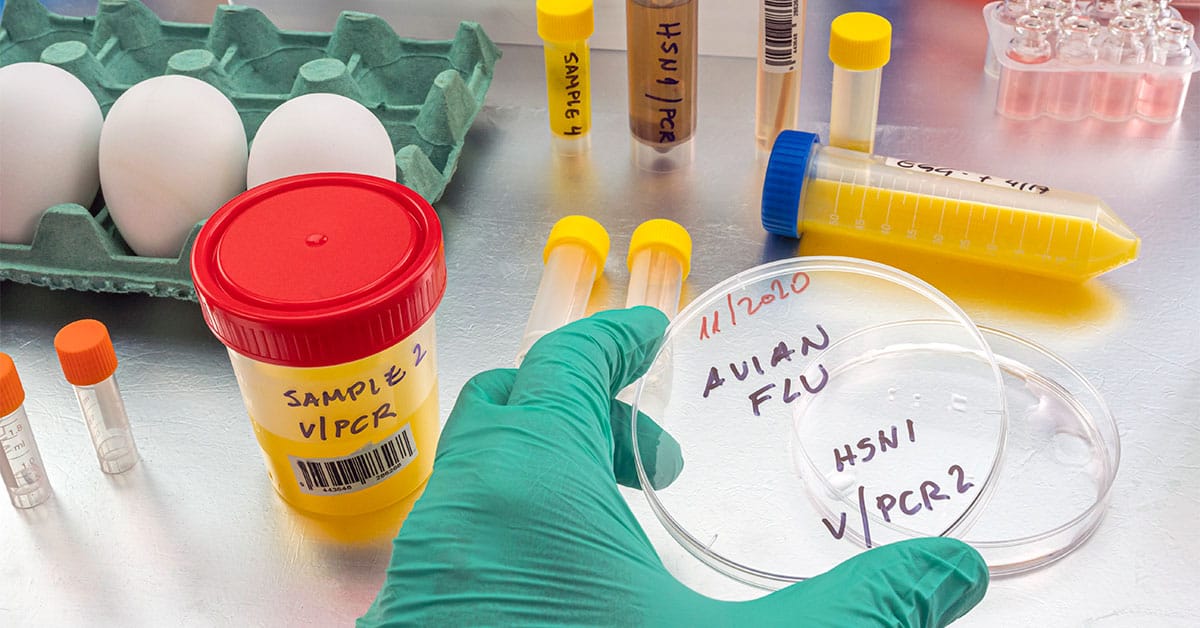Since the first case of the H5N1 strain of avian was detected in Canada last December, a total of 260,000 birds have either died from the virus or have been depopulated.
Some 84,000 of those have been in Ontario, according to Craig Price, the national incident manager for the Canada Food Inspection Agency’s avian influenza response.
“We currently have 19 active outbreaks,” said Price during a media briefing on Monday. This brings the total number of outbreaks of this strain in Canada to 25.
“This is an unprecedented year for avian influenza globally. We have seen significant and sustained spread across Europe, Asia, Africa, and North America,” said Canada’s chief veterinary officer, Mary Jane Ireland, at the briefing.
“Bird owners, especially poultry farmers across the world, are feeling the impacts and stress of avian influenza infections and international authorities are urging voters to strengthen insecurity practices to limit the chances of transmission,” Ireland said.
H5N1 has now spread to Alberta with six infected flocks in that province. There is also one control zone which requires special permits for transfer of poultry products.
While it is mostly poultry farms that are at risk, all bird owners are asked to look for signs.
“Things like lack of energy, movement or appetite, decreased egg production, swelling around the head, neck and eyes, coughing, gasping for air, sneezing, nervous signs, tremors or lack of coordination, diarrhea or sudden death are all signs that people should look for with respect to avian influenza in our domestic birds,” Ireland said.
Bird owners are asked to report suspected signs of virus even if they are not sure. There are a number of day-to-day measures small flock owners can undertake to protect their birds, Ireland said.
“The first is to prevent contact with wild birds and other animals. Clean up spilled feed and litter, keep feed in sealed waterproof containers to avoid it from attracting wild birds and becoming contaminated. The virus can live on surfaces like litter and soils. Thoroughly clean barns cages, egg trays, gardening tools, feed and water containers and don’t share your equipment with other bird owners,” she said.
While the CFIA provides support once a case is detected, according to Lisa Bishop-Spencer, communications director for Chicken Farmers of Canada, it is up to the farmers to take on measures to prevent the virus spreading to their farms.
“The farmers already have their biosecurity that they have to follow anyway, and they know that around this time of year they have to follow extra measures. And if they’re in a zone where there is a case, they’re going to step that up,” Bishop-Spence said in an interview Tuesday
During the CFIA briefing, Donald Boucher, director general of sector development and analysis directorate for Agriculture and Agri-Food Canada, said they are monitoring the impact the outbreak could have on the industry supply chain.
“In terms of impact, it is still an evolving situation. … Definitely if you look at food security, food prices and inflation is top of mind for Canadians. So all poultry and egg production in our supply is managed and there are mechanisms in place that our monitoring boards can deploy to give them the flexibility to adjust the kind of disruption that we are talking about,” Boucher said.
Food prices are driven by a number of factors, Boucher added.
“We are not in the position right now to make a linkage between what’s happening right now on the influence of input prices. But definitely we are seeing that there are adjustments being made by the industry to ensure that that we continue to maintain a satisfactory level of production.”









